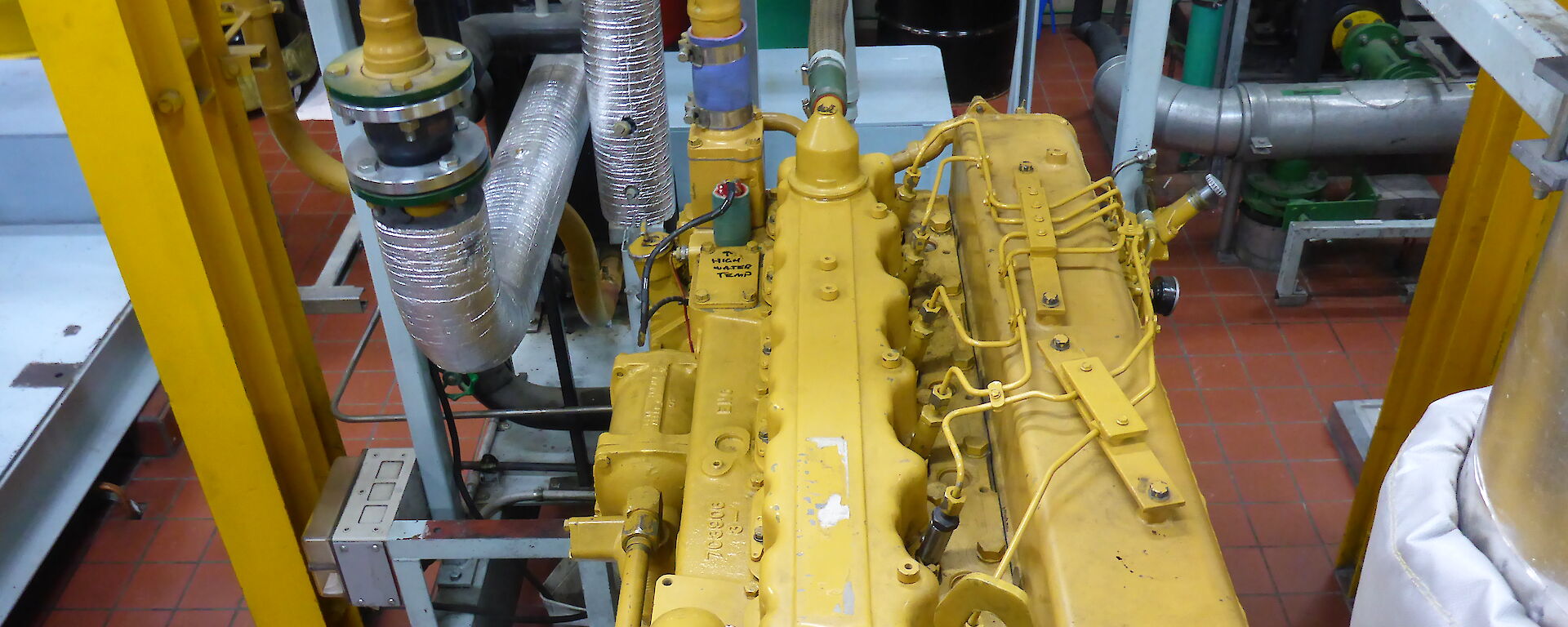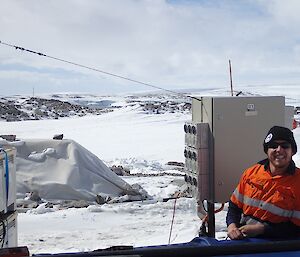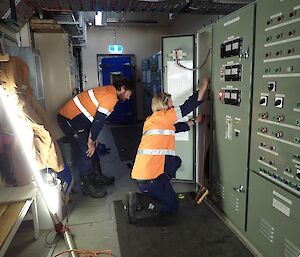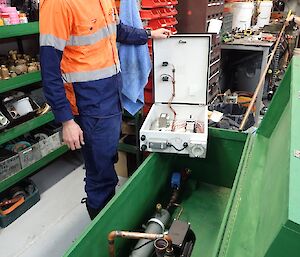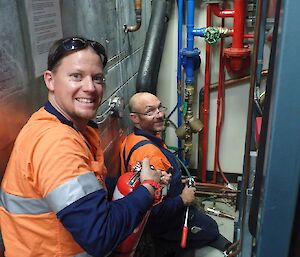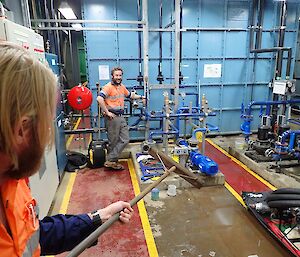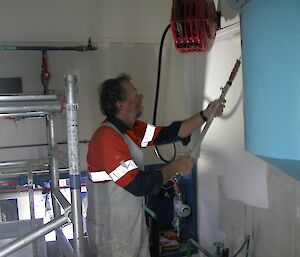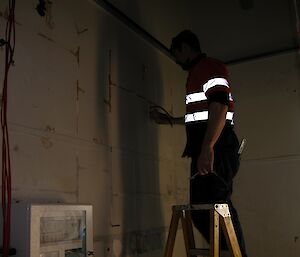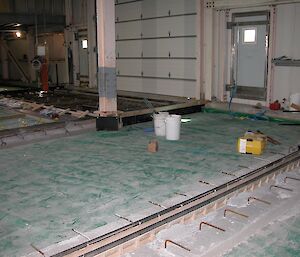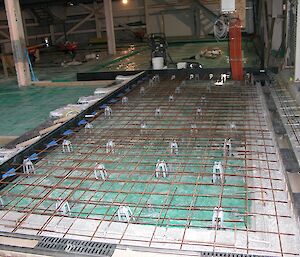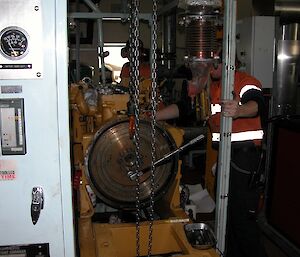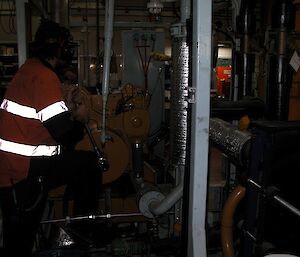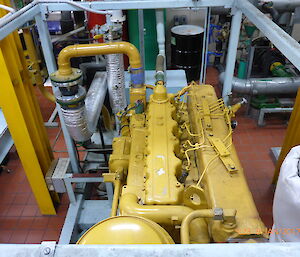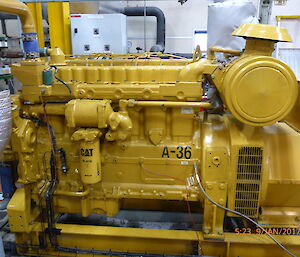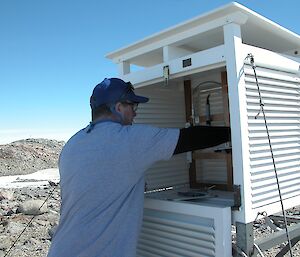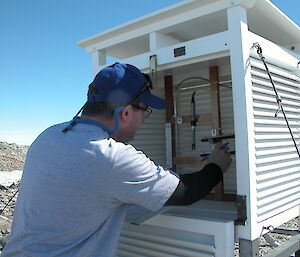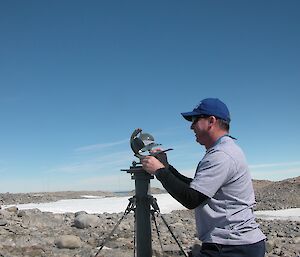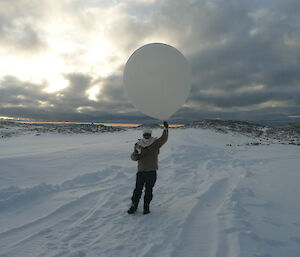Straight after the Christmas and New Year break, armed with the parts and materials delivered on our December resupply, the Casey trades team are immediately back into their heavy schedule of maintenance and summer works.
This seasons major projects include construction of the Casey utility building floor and then fit–out, including a new waste water treatment plant, refurbishing and re–wiring of the Casey balloon shed, construction and commissioning of a new seismic hut and fit–out of the new east wing accommodation block. Along with the new works program, the maintenance program continues with the installation of a new amino pump in the tank house and a major motor rebuild as well as scheduled servicing in the main powerhouse.
The trades team are also called upon regularly to assist some of the science projects that are occurring on station this year, including remediation. The pace will continue until the close of the summer season in March.

